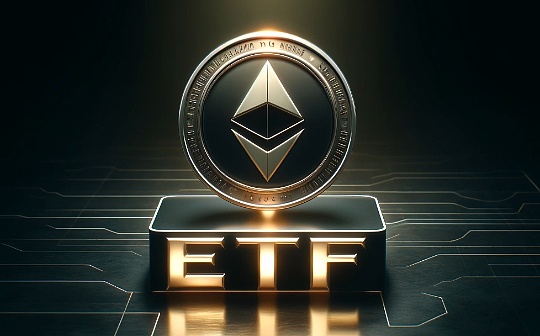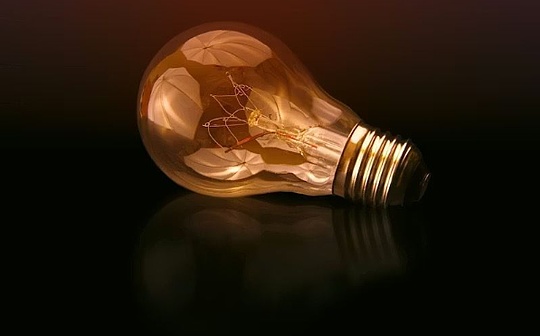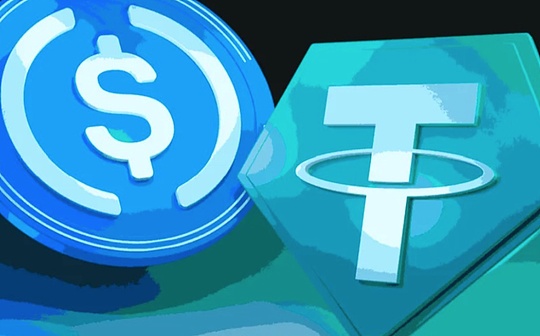
Author: David C, Bankless; Compilation: Deng Tong, Bit Chain Vision
Regardless of whether we are willing to admit it, centralization is still a major concern and problem facing our industry, and for most major blockchains, even Ethereum.
To solve this problem, protocols such as Rocket Pool and Etherfi are committed to reducing the threshold for people to join the network as verifications.A new agreement, Heroglyphs solve this problem in different ways.
This new system was developed by Sushiswap’s anonymous co -founder 0xmaki and other OG.Powerful networks: provide them with the ability to earn, deploy and rent tokens.
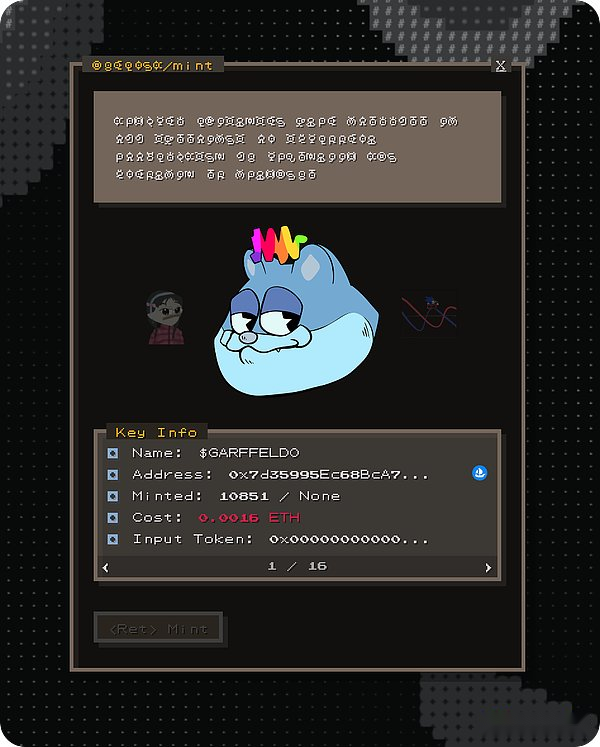
The centralization of Ethereum
Although the transformation of Ethereum to equity proof (POS) has brought many improvements such as energy efficiency, it also ushered in a new era around centralized issues.
In other words, verification rights will bring major risks in the hands of a few large operators, including more vulnerable to regulatory pressure (as we see in block builders and relays) and potential network failures.
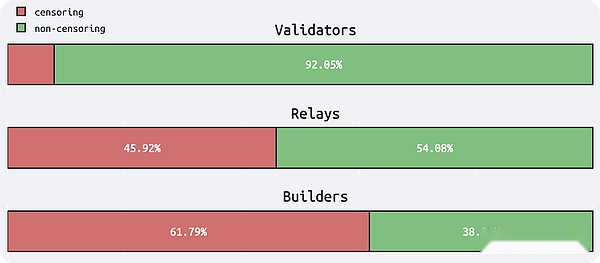
Through Ethereum review instrument board
This centralization dilutes the basic decentralization spirit of the blockchain and needs to be vigilant.Well, there are Heroglyphs here.
How does Heroglyphs try to solve this problem
Heroglyphs aims to solve the centralized problem of verification by a function called Graffiti. This function uses a small part of any data, which can include them in their proposal blocks.

Heroglyphs White Paper
Through Graffiti, Heroglyphs introduced three key operations: coding, translation, and leasing. Each operation aims to maximize the potential of this small piece of data in the transaction.Let’s break down these pillars:
-
Code involves embedding key operation data into Graffiti in the Ethereum block, and is used to create, issue, transfer, and conversion assets (such as NFT, aluminum coin, etc.).By inserting this data into Graffiti, block space becomes a safe and unchanged medium for developing token and storage detailed transaction instructions.
-
The translation follows the code and acts as an operator in Ethereum.Whether it is casting a new NFT or handling Memecoin transactions, the translation system will ensure that these operations complies with the tokens coded to tokens in Graffiti.
-
The use of leases for Graffiti introduced strategic and economic connotation.In this model, the validator or miner distributes the value of each Heroglyphs “tokens” and pays taxes regularly.This value determines their operating lease and laid the foundation for competition.For example, if other verifications believe that a token price is underestimated and wants it, they can bid higher bids in lease.Most income from leasing and casting or transferring tokens in Heroglyphs networks shared by all complete authenticants.
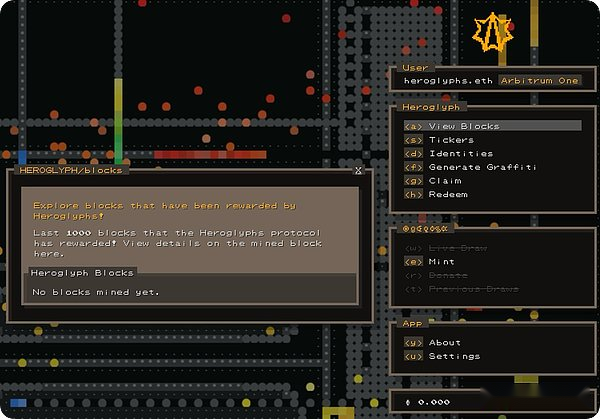
Heroglyphs
All in all, this new platform is novel, and the Ethereum network develops more distributed by the enthusiastic method.
A magnificent vision?The use of Graffiti to cultivate a new meta -system. In this system, because the authentication experience becomes more favorable, more attractive, and more interesting, it can actively encourage individual pledges to participate.At present, the verifications have their own tools to create and manage tokens, so as to grant new permissions of characters.
If Heroglyphs succeed, then Ethereum will become more powerful, we will have a new case study, explaining how the speculation is beneficial and provided real value in cryptocurrencies.This is an agreement on the frontier of Memecoin and NFT!

